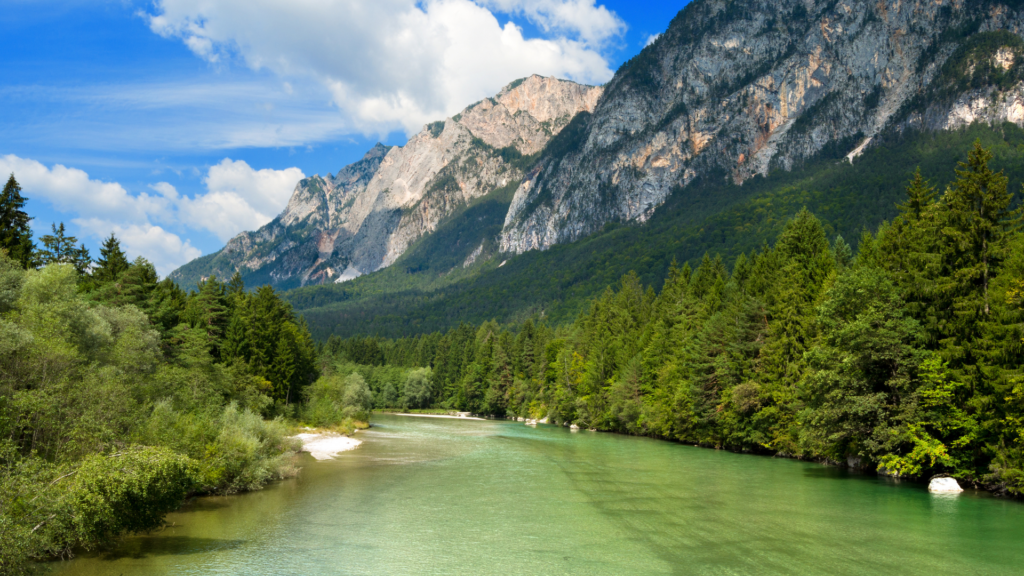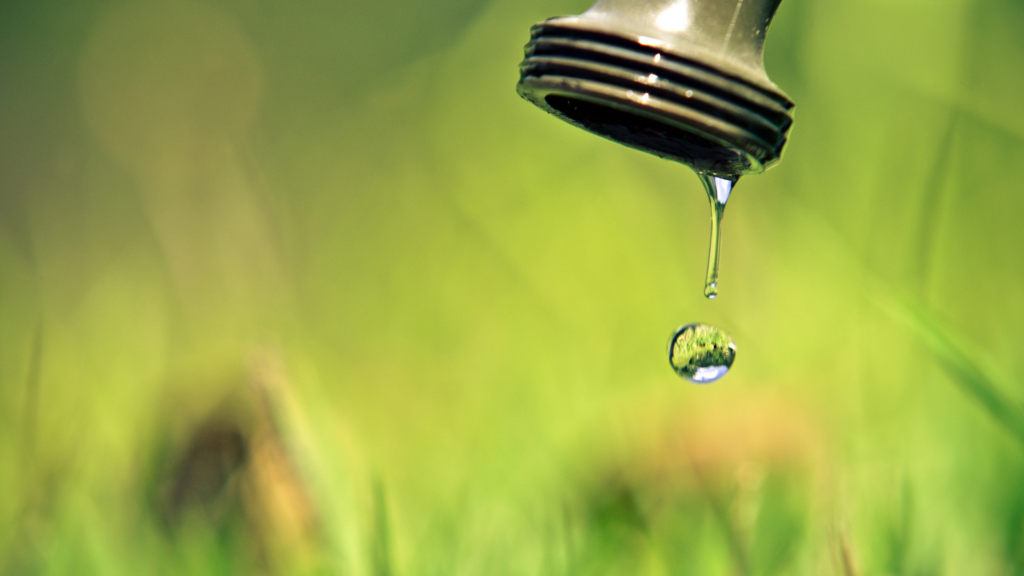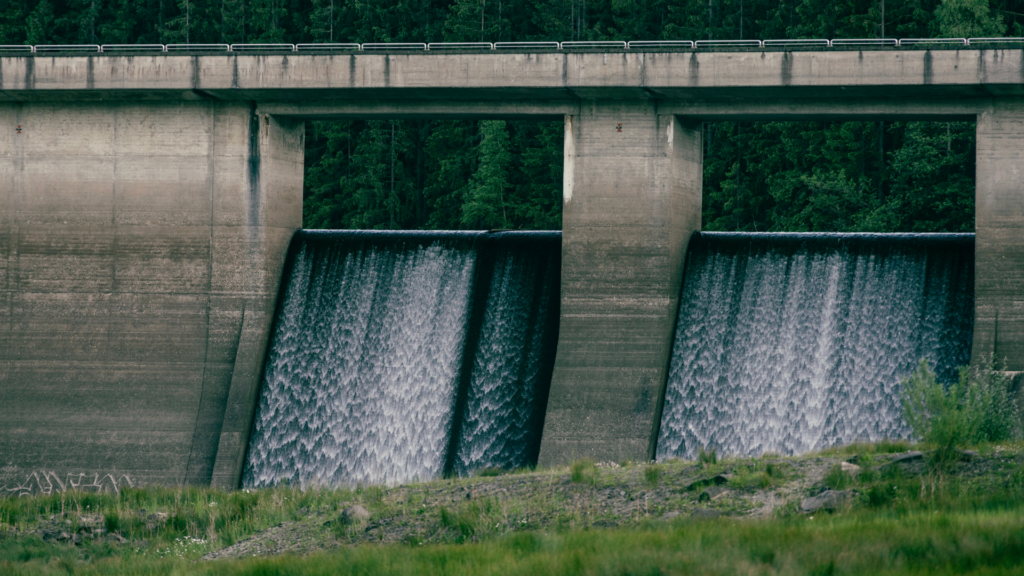Water is one of the most valuable natural resources we have. In Austria, it plays a central role, be it as drinking water, for agriculture or as a component of ecological diversity. However, climate change poses new challenges for water availability. The sustainable use of water is becoming increasingly important, especially in agriculture.
Water in Austria - A valuable resource with challenges
Austria has large quantities of water. The groundwater resources are of high quality and play a crucial role in the supply of drinking water and agricultural irrigation. However, climate change is leading to changes in precipitation patterns, longer periods of drought and more frequent extreme weather events, which are putting pressure on water resources.
According to an analysis by the Federal Environment Agency, Austria is basically in a good position, but the first signs of so-called “water stress” are already visible in some regions. Especially in the eastern and southern parts of the country, water shortages may occur more frequently in the future. This could lower groundwater levels and reduce the availability of drinking and irrigation water.
Agriculture requires large quantities of water, especially in dry summer months. At the same time, many agricultural areas depend on a constant supply of water to ensure yields. If rainfall becomes more erratic and water availability changes, the risk of crop losses and economic losses increases. Particularly in eastern regions such as Burgenland or parts of Lower Austria, longer periods of drought are an increasing challenge, while western regions such as Vorarlberg or Tyrol are more likely to be confronted with heavy rainfall and flooding events.

The impact of climate change on water availability
As a result of climate change, there are regional differences in water availability in Austria. Forecasts show that precipitation will increase overall in some regions, while others could be affected by a significant decline in water. Particularly critical is the increase in heavy rainfall events, which can lead to rapid water drainage and thus to less groundwater recharge, as the flood in Lower Austria in 2024 also showed.
Added to this is the increase in evaporation due to higher temperatures, which means more water is lost and the soil dries out more quickly. This affects agricultural land in particular, as plants are increasingly dependent on additional irrigation during dry periods.
In addition to agriculture, other sectors are also affected. Hydropower, which accounts for around 60% of Austria’s electricity generation, could suffer from the changed precipitation patterns. While flood events lead to higher electricity production in the short term, longer periods of drought could limit energy generation from hydropower. This means that alternative energy sources will have to play a greater role in order to avoid gaps in supply.

Water and agriculture
Agriculture is one of the main consumers of water in Austria. Conscious and efficient use of this resource is therefore essential. Regions with intensive agricultural use are particularly problematic, as there is often a high demand for water here. At the same time, agriculture itself influences water quality, for example through the use of fertilizers and pesticides, which can end up in the groundwater.
Measures for sustainable water use in agriculture include
- Efficient irrigation methods: drip irrigation or sensor-controlled systems can help to target water use and minimize losses.
- Adapting crop rotation: Cultivating more drought-resistant crops can reduce water requirements.
- Soil management: Soils rich in humus store water better so that plants are supplied with water for longer during dry periods.
- Rewetting of areas: Targeted measures can reduce water loss and improve the water balance in the long term.

Adaptation strategies to climate change
Comprehensive adaptation strategies are needed to counteract the challenges of water scarcity and the consequences of climate change. These include
- Optimization of water management: better storage of rainwater and more targeted control of water use are key measures.
- Renaturation of water bodies: Restoring natural river courses and wetlands can stabilize the water system.
- Adapting the use of hydropower to changing climatic conditions: This includes the construction of more flexible storage power plants that can use water in a more targeted manner, as well as increased integration of solar and wind energy to complement hydropower. Only through a strategic combination of different energy sources can a sustainable power supply be secured in the long term.
- Political measures: Legal regulations and subsidies for sustainable water management are necessary to ensure a secure water supply in the long term.
The responsible use of water is one of the greatest challenges of our time. In Austria, both agriculture and other sectors must take measures to use water resources sustainably. Targeted adaptation strategies can ensure the availability of water and promote sustainable development. It is crucial to act now in order to preserve water resources for future generations.
